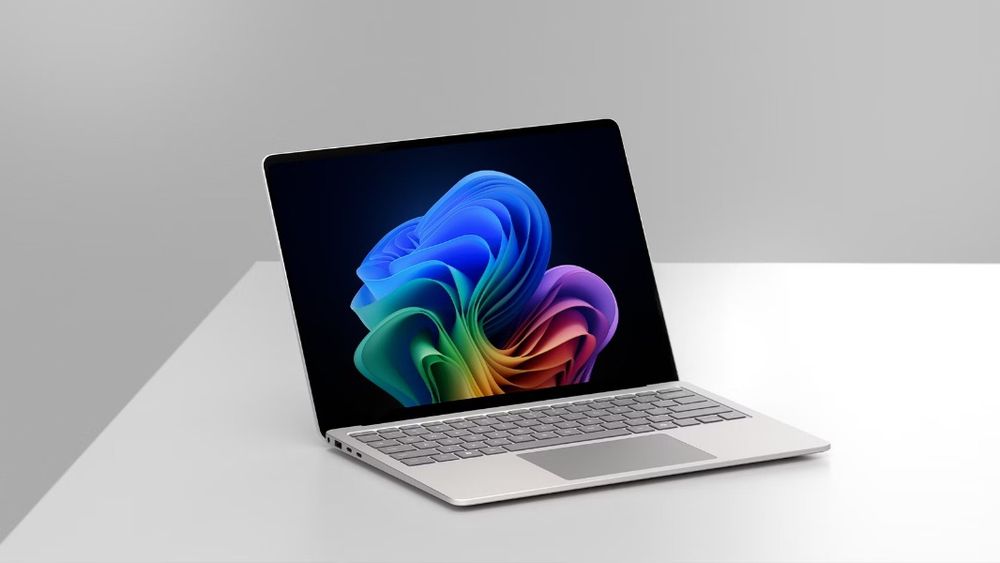Paul’s Pixel 10 Diaries: A Foldable Future?
As I start to wind down my reviews of the Pixel 10 series phones, my attention in this space is increasingly on the future. That future is as uncertain as ever, but one possibility I’ve been mulling over is whether it makes sense to shift from the large single phones I’ve used for several years to a folding phone. And today, there are just two viable choices, unless I want to go rogue with a Chinese phone (which is a distant possibility given that those options are available here in Mexico): The Google Pixel 10 Pro Fold and the Samsung Galaxy Z Fold7.
2️⃣ Which folding phone?
I’ve seen the Galaxy Z Fold7 in person because I’ve been to two industry events over the past month or so and a lot of reviewers had one. It’s incredibly thin, and everyone seems to agree that Samsung crossed some quality line with this release and that doing so has catapulted folding phones into a distinct possibility for mainstream users. You know, if you can get past the cost.
The Pixel 10 Pro Fold is less well understood, though the software is what would put this one over the top for me. Based on the few reviews I’ve read so far, this is a minor year-over-year upgrade that doesn’t really reach the same quality heights as the Z Fold7. But it’s slimmer than its predecessor, has a nice, curved design, and it does include Pixelsnap/Qi2 charging, which is nice. And I’m not coming off a previous-generation foldable, Pixel or otherwise, anyway.
❓ Why
Ignoring the cost for now, I’ve long felt that foldable phones would start making more sense as platform makers overcame some obvious physical limitations with the displays and if/when the software was optimized for these displays. The former has happened, and folding phones are no longer the fragile disasters in waiting that they were several years ago. And Google has done what it can to get developers to tailor their apps for big screens of all kinds, including tablets and Chromebooks, though folding phones introduce a new wrinkle by which apps can resize on the fly if used on the interior display.
So that’s all very obvious, and I feel like things have improved a lot in recent years and will only keep getting better. But there is also a new use case in the making that builds on several interesting trends we’ve seen this past year. With iPadOS 26, Apple has suddenly turned the iPad into a viable laptop. Google is working now to integrate Android and Chrome OS into a single platform that is based entirely on Android, which means we will soon have powerful, Android-based laptops too. And I feel that devices that are simpler than PCs (including Macs and Linux) make more sense for the mainstream customer base. That they are, in effect, the future of personal computing.
One thing I’ve noticed with the iPad is that its powerful new laptop capabilities mean that I can bring this smaller and lighter device, one that gets better battery life than most Windows laptops, with me when I nee...
The post Paul’s Pixel 10 Diaries: A Foldable Future? appeared first on Thurrott.com.
























